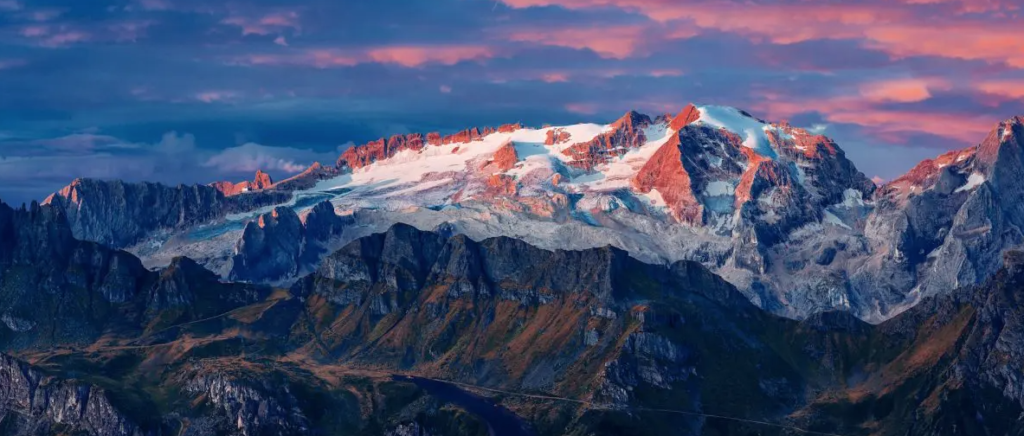Melting of glaciers has accelerated since 2000
(sustainabilityenvironment.com) – A third of the glaciers in UNESCO World Heritage sites worldwide will disappear by 2050. Whatever efforts we make to contain greenhouse gas emissions. And to preserve those that remain, it’s essential to keep the global temperature below 1.5 degrees. Because the melting of glaciers has been accelerating since the early 2000s, and this trend is continuing unabated. This is the message delivered by UNESCO three days before the start of COP27 on climate in Sharm el-Sheikh, Egypt.
All 50 UNESCO sites reviewed in the report World Heritage Glaciers: Sentinels of climate change have lost mass in the last 20 years at the rate of 58 billion tons of ice per year, in all 1163 Gt. Melting water, ending in the oceans, contributed 4.5% to the increase in sea level observed since 2000 to today, that is to say 3.22 mm.
Melting glaciers, the most at risk
The site with the largest net ice mass loss from 2000 to 2020 was Kluane / Wrangell-St. Elias / Glacier Bay / Tatshenshini-Alsek (Canada, USA) with 487 Gt, followed by Ilulissat Icefjord (Denmark) with 350 Gt, the Vatnajökull National Park – Dynamic Nature of Fire and Ice (Iceland) with 132 Gt, Los Glaciares National Park (Argentina) with 88 Gt and Aasivissuit – Nipisat (Denmark) with 39 Gt. These five sites together account for about 95% of the total ice mass loss of the World Heritage network.
Read also Seas taller than 27 cm, is now “inevitable” for the melting of the Greenland glaciers
Which glaciers are most at risk? Projections indicate that, regardless of the climate scenario applied, glaciers from all World Heritage sites outside the polar caps and with glaciated areas below 10 km2 could disappear almost completely in the next 30 years. So let’s talk about the fusion of the most iconic glaciers on the planet, from Kilimanjaro (but also the other African glaciers, on Mount Kenya and in the Rwenzori-Virunga complex) to the Dolomites, to the Yellowstone and Yosemite parks in the United States.
“In a high-emission business-as-usual scenario (RCP8.5), glaciers in at least 10 other sites (main sites with a glaciated area between 10 and 100 km2) could disappear almost completely by 2100, and the loss of ice mass could reach more than 8,000 Gt in total (or about 20 mm of equivalent sea level rise)”, reads the report.

